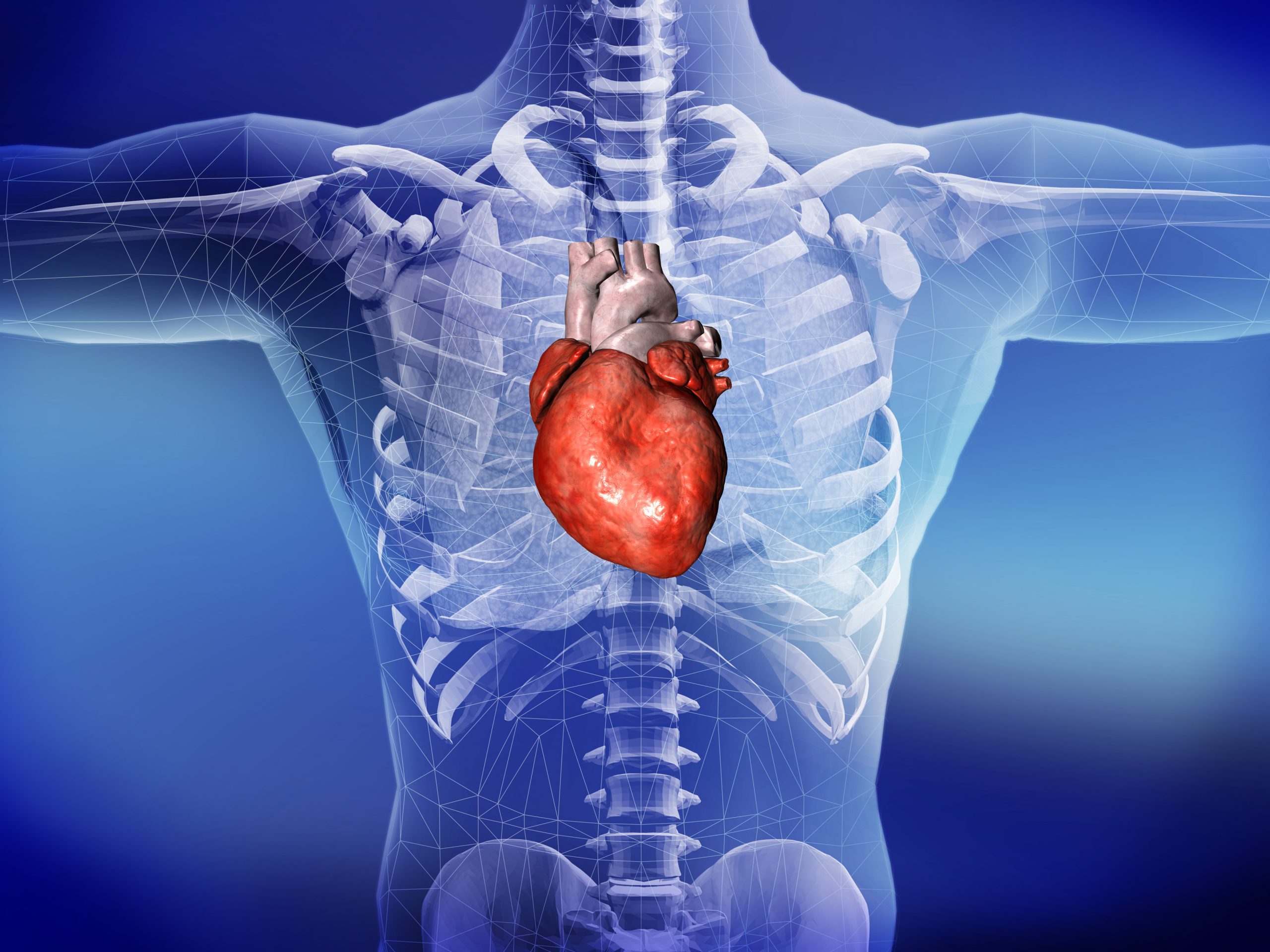
Hydrothorax: causes, pathologies, symptoms, diagnosis and treatment
The term hydrothorax refers to a clinical condition characterised by the pathological collection of serous (non-inflammatory) fluid that accumulates in the pleural cavity
Causes and pathologies related to hydrothorax
Generalised oedema.
Usually associated with dysproteinaemia.
Abnormalities in protein synthesis may in turn be due to malabsorption and/or malnutrition, hepatopathy or nephropathy.
Circulatory stasis. Typical circumstances in which stasis may occur are heart failure, kidney and liver disease.
Increased venous or lymphatic pressure. Usually related to compression of large veins or thoracic lymphatic vessels by mediastinal growth tumour masses.
Hepatic hydrothorax is an extremely common occurrence of hydrothorax and occurs in individuals with decompensated cirrhosis of the liver.
The pleural effusion in this case originates from the ascitic effusion itself and is found in about 5 per cent of subjects with liver cirrhosis and ascites.
In the vast majority of cases, the effusion is on the right side.
In addition to the mechanisms listed above, this type of hydrothorax would also be favoured by the presence of small continuous solutions in the diaphragm muscle, particularly in its tendinous portion.
The hydrothorax from a symptomatological point of view may be completely silent
If it becomes conspicuous in size, it may result in compression of the thoracic organs (in particular the heart, lungs and large vessels), leading to
- General malaise
- Inappetence
- Dyspnoea (difficulty breathing)
- Tachycardia (increased heart rate)
- Chest pain or tightness
- Cyanosis
- Lipotimia (fainting).
Diagnosis
The diagnostic suspicion is initially clinical and is based on a careful anamnestic collection and the symptoms reported by the patient.
Additional instrumental examinations that can be performed as confirmatory tests are:
- The chest X-ray
- Chest computed tomography
- Respiratory function tests
- Differential diagnosis, hydrothorax must be distinguished from:
- Haemothorax (pleural effusion consists of blood; usually related to major trauma).
- Empyema (effusion consists of a collection of pus; usually associated with infectious processes of the chest).
- Chylothorax (effusion of chyle, i.e. lymphatic fluid, from thoracic duct rupture).
Treatment
The treatment of hydrothorax can be particularly complex.
Therapy must primarily be directed at treating the underlying causes of the condition, i.e. those causes that originated the problem.
Diuretic therapy is extremely valuable in many cases of hydrothorax, and particularly in controlling pleural and ascitic effusion in those subjects with hepatic hydrothorax.
In subjects who, despite diuretic therapy, remain symptomatic and in particular present dyspnoea at rest or on exertion, it may be necessary to evacuate the effusion by thoracentesis.
Read Also:
Emergency Live Even More…Live: Download The New Free App Of Your Newspaper For IOS And Android
Obstructive Sleep Apnoea: What It Is And How To Treat It
Obstructive Sleep Apnoea: Symptoms And Treatment For Obstructive Sleep Apnoea
Our respiratory system: a virtual tour inside our body
Tracheostomy during intubation in COVID-19 patients: a survey on current clinical practice
FDA approves Recarbio to treat hospital-acquired and ventilator-associated bacterial pneumonia
Clinical Review: Acute Respiratory Distress Syndrome
Stress And Distress During Pregnancy: How To Protect Both Mother And Child
Respiratory Distress: What Are The Signs Of Respiratory Distress In Newborns?
Respiratory Distress Syndrome (ARDS): Therapy, Mechanical Ventilation, Monitoring
Tracheal Intubation: When, How And Why To Create An Artificial Airway For The Patient
What Is Transient Tachypnoea Of The Newborn, Or Neonatal Wet Lung Syndrome?
Traumatic Pneumothorax: Symptoms, Diagnosis And Treatment
Diagnosis Of Tension Pneumothorax In The Field: Suction Or Blowing?
Pneumothorax And Pneumomediastinum: Rescuing The Patient With Pulmonary Barotrauma
Ventilatory Failure (Hypercapnia): Causes, Symptoms, Diagnosis, Treatment


